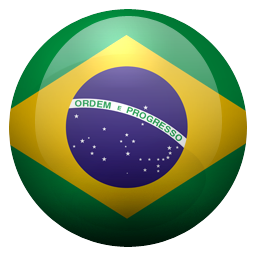Abstract
The study of cities becomes fundamental to know the evolutionary process of a place and the needs of the people who inhabit it. Focusing on the layout of the city, a number of aspects should be evaluated, such as the expansion process, the road network, the configuration of the lots and hierarchy of the roads, the urban infrastructure and accessibility. Based on this, a study was conducted, in 2020 (COVID-19 pandemic) about the Santa Cecilia neighborhood, located in the municipality of Cantá, north of the State of Roraima. This research was developed during Urban Project II of the Federal University of Roraima, with the intention of applying the knowledge obtained during the semester in the study of a local neighborhood. The methodology used was bibliographic research and the relationship of the theoretical concepts learned in the course with the on-site observation of the space studied, with the objective of presenting the urban characteristics of the neighborhood and its evolutionary process. The results obtained were study maps of the urban network and the road hierarchy, which allowed the analysis of urban parameters such as the width of avenues and sidewalks. Thus, it was possible to identify the problems and potentialities of the neighborhood and point out the aspects that need to be improved, in order to ensure a better quality of life for local citizens.
References
Araújo, J. M. de (2017). CTB Digital. Recuperado em 19 setembro, 2020, de https://www.ctbdigital.com.br/comentario/comentario60.
Costa, G. G. da. (2018). “Roraima: a tríplice fronteira no extremo norte do brasil e a salvaguarda do patrimônio cultural”. In: CICOP, Cuiabá [MT].
Departamento Nacional de Infraestrutura de Transportes – DNIT (2016). Atlas Manutenção Rodoviária. Brasília [DF]: DNIT.
Ferrari, C. (2004). Dicionário de Urbanismo. s./l.: Disal.
Freitag, B. (2006). Teorias da Cidade. Campinas [SP]: Papirus.
Lei nº 9.503, de 20 de setembro de 1997 (1997). Institui o Código de Trânsito Brasileiro. Diário Oficial [da] República Federativa do Brasil. Brasília, DF. Retificado em 25 set. 1997. Recuperado em 19 setembro, 2020, de http://www.planalto.gov.br/ccivil_03/leis/l9503.htm.
Mumford, L. (1982). A Cidade na História: Suas Origens, Transformações e Perspectivas. São Paulo [SP]: Marints Fontes.
Reis Filho, N. G. (2006). Notas sobre a urbanização dispersa e novas formas de tecido urbano. São Paulo [SP]: Via das Artes.
Santos, C. N. F. (1988). A cidade como um jogo de cartas. s./l.: Projeto Editores.
Souza, M. (2006). Mudar a Cidade. Rio de Janeiro [RJ]: Bertrand-Brasil.
Villaça, F. (2001). Espaço Intra-urbano no Brasil. São Paulo [SP]: Studio Nobel.

This work is licensed under a Creative Commons Attribution-NonCommercial 4.0 International License.
Copyright (c) 2022 Labor e Engenho


